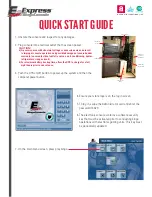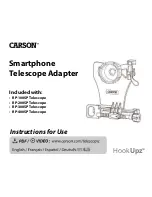
Putting the Ink into Inkjet
A
RGUABLY ONE OF THE MOST CRITICAL COMPONENTS OF INKJET PRINTING IS
THE INK USED
. I
NK CHEMISTRY AND FORMULATIONS CAN NOT ONLY DICTATE
(
IN
PART AT LEAST
)
THE FINAL QUALITY OF THE PRINTED IMAGE
-
E
.
G
.
THE
BRILLIANCE OF COLOUR
,
THE IMAGE
’
S LIGHTFASTNESS
,
ETC
-
BUT AN INK
’
S
VISCOSITY AND OTHER PROPERTIES CAN ALSO HAVE AN IMPACT ON THE DROP
EJECTION CHARACTERISTICS AND THEREFORE THE RELIABILITY OF THE
PRINTING SYSTEM USED
.
For this reason, many different types of inks have been
developed and experimented with, for use in inkjet
applications. These include:
Aequeous/Water-based Inks
Aqueous- or water-based inks are most commonly used
in Small Office and Home Office (SOHO) desktop inkjet
printers (e.g. the Hewlett-Packard DeskJet, Canon BJC
and Epson Color Stylus). In the case of thermal inkjet,
due to the basic vapour bubble formation process, water
is an obvious material of choice. Viscosity of water-
based inkjet inks range from 2 to 8 cps.
When a water-based ink droplet lands on
the surface of an uncoated media such
as bond, copy, or plain paper, the ink
tends to spread along the paper fibres
and penetrate into the bulk of the paper.
Such ink behaviour lowers colour density
and spot resolution on paper. Whilst
some evaporation takes place, a water-
based ink depends on penetration and
absorption for its drying mechanism.
Paper or other media with a coated
water-receiving layer can greatly improve
both colour density and resolution by
controlling the ink spreading and
penetration at the coated layer.
8
Print quality
• Brilliant colours
• High colour density
• Colour stability
Light fastness
Water fastness
Slow aging
Runnability
• Surface tension
• Ink formulation flexibility
Important Ink Properties






































